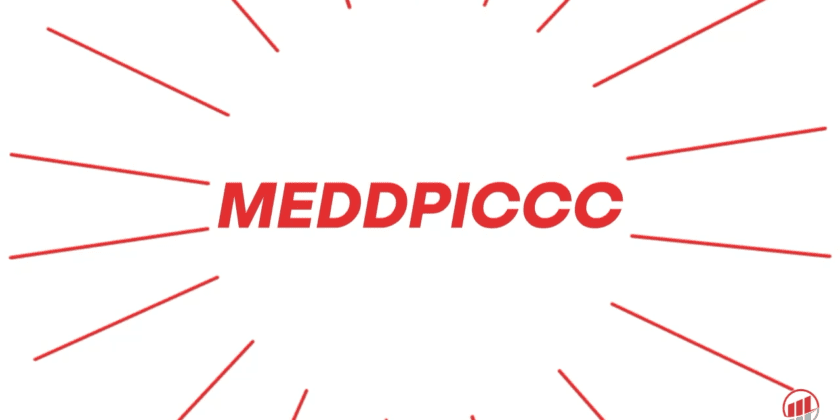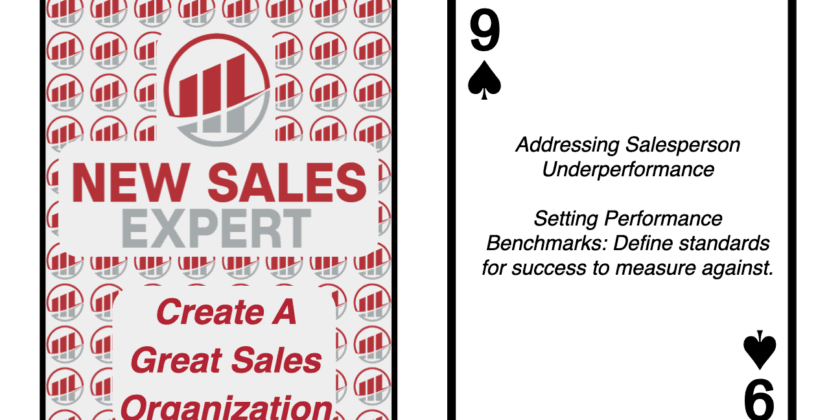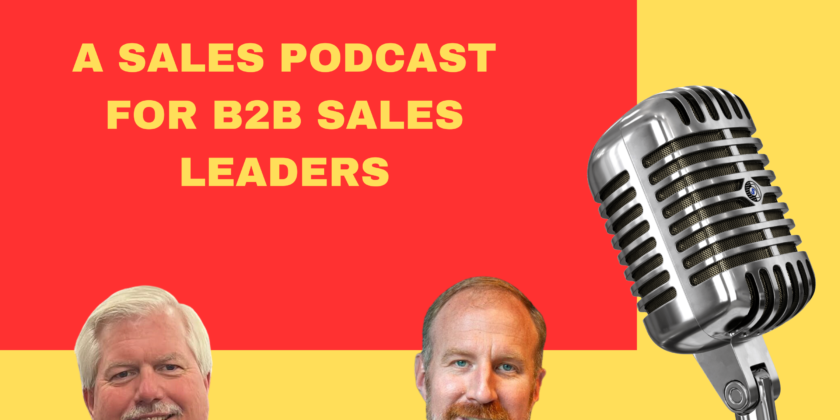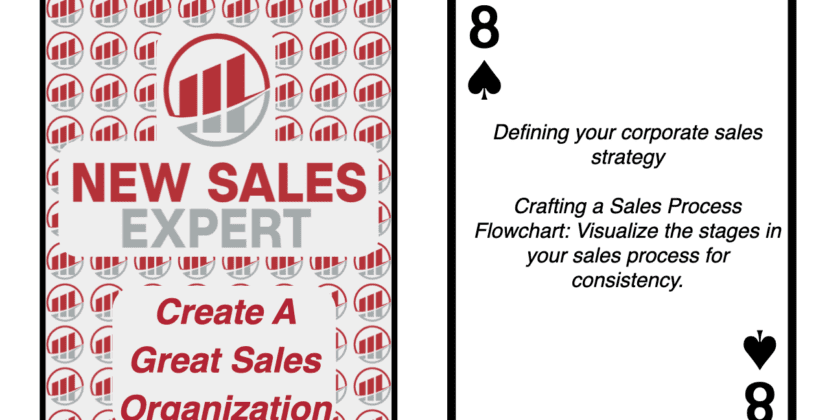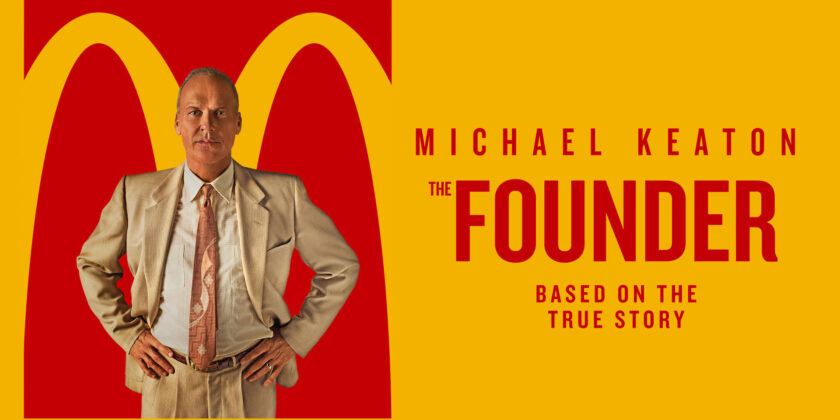Elite sellers are the linchpin of any successful sales organization. These high-performing individuals are often the highest-paid employees within a company—and for a good reason. Their skills in identifying, qualifying, and closing opportunities bring in significant revenue and provide a competitive edge in the marketplace. So, how can you groom an average salesperson into an elite seller? Enter MEDDPICCC, an advanced sales qualification methodology that serves as a roadmap for understanding every component of a purchasing decision process and, therefore, the sales process.
If you’re serious about elevating your sales game, you cannot afford to miss our in-depth video tutorial on MEDDPICCC. This comprehensive guide explores the nuances of transforming your business by adopting this powerful tool. By the end of the video, you’ll be better equipped to forecast sales accurately and close more deals efficiently.
This blog post will offer a sneak peek into what MEDDPICCC entails, why it’s crucial for your sales strategy, and how to get started.
Understanding the MEDDPICCC Methodology
What is MEDDPICCC?
The acronym MEDDPICCC stands for Metrics, Economic Buyer, Decision Criteria, Decision Process, Paper Process, Identify Goals, Coach, Champion, and Competition. Each component provides critical insights into a prospective customer’s buying experience, helping sales reps tailor their approach accordingly.
The core benefit of MEDDPICCC is that it assists you in qualification. Knowing whom to target and how to approach them is essential for any sales professional. When you focus on quality over quantity, you save time, effort, and resources—allocating them where they’ll make the most impact.
One of the most frustrating challenges in sales is forecasting. Without a structured approach, your predictions are little more than educated guesses. MEDDPICCC gives you a robust framework for assessing opportunities, enabling you to forecast with a greater degree of accuracy. What is the decision process within the prospect? If you don’t know, how can you forecast a date or even the size of the deal? How does the prospect issue orders to new vendors? If you don’t know, the timing of the order after you have “won” is probably just a guess, and it is likely incorrect.
How to Get Started with MEDDPICCC
Acquainting Your Team: The Crucial First Step
The inception point of any change within an organization lies in awareness and education. You can’t implement what you don’t understand. This tenet holds especially true for MEDDPICCC, a methodology that demands a nuanced understanding of multiple components. Comprehensive training isn’t just for your sales professionals; it extends to sales managers and even C-suite executives. Why? Because MEDDPICCC isn’t just a sales tool; it’s an organizational strategy.
Think of your company as a well-oiled machine. For the machine to work efficiently, each big or small cog must perform its function seamlessly. Sales managers will use MEDDPICCC for strategizing and forecasting. Executives will use it for decision-making and setting organizational objectives. Hence, the methodology must permeate through your corporate hierarchy.
Actionable Steps:
- Conduct internal workshops focused solely on MEDDPICCC, which are available from New Sales Expert, by contacting Sean.
- Use simulation exercises to allow team members to get hands-on experience.
- Invest in a MEDDPICCC certification course for your key sales personnel, which you can acquire by contacting Sean and making an appointment on his calendar.
Building a Repository of Cases: The Power of Real-World Examples
Once you have an understanding, the next logical step is application. Here, a repository of case studies can be invaluable. These aren’t merely stories but instructional narratives that bring the MEDDPICCC components to life. They serve a dual purpose: validating the methodology and offering a blueprint for its practical application.
Consider the power of a case study in explaining, for instance, the importance of ‘Identify Pain’ in the sales process. A well-documented case could vividly demonstrate how understanding a client’s ‘pain points’ led to a tailored solution, leading to a successful deal closure. Such concrete examples are invaluable for training, reiteration, and continuous learning.
Actionable Steps:
- Collect past sales data and identify cases where MEDDPICCC components were effectively employed.
- Engage with your sales team to document their successful sales narratives.
- Regularly update this repository as new cases emerge and ensure it is easily accessible to the entire team.
Continuous Monitoring and Fine-Tuning: The Never-Ending Cycle
Implementing MEDDPICCC isn’t a one-off event; it’s an ongoing process. Your marketplace isn’t static; it’s dynamic and ever-changing. Likewise, your MEDDPICCC strategy should be flexible and capable of adapting to new challenges and opportunities.
Continuous monitoring allows for a feedback loop that helps you assess how well your strategy works. Are you qualifying leads more effectively? Is your forecasting becoming more accurate? Use key performance indicators (KPIs) to gauge these factors. But don’t just stop at assessment; make the necessary adjustments to ensure the methodology aligns with your evolving business goals.
Actionable Steps:
- Establish a set of KPIs specifically for evaluating the effectiveness of MEDDPICCC.
- Conduct quarterly reviews to assess how well the methodology is aiding your sales process.
- Make data-driven adjustments to your MEDDPICCC strategy, and inform your team about these changes.
The Roadmap to MEDDPICCC Mastery and the evolution to elite selling
- Begin by watching our comprehensive video guide on MEDDPICCC. This long-form content is designed to give you a complete understanding and is packed with actionable insights.
- Conduct a workshop on MEDDPICCC with your sales team. Options for half-day, full-day, or two-day workshops are available. Interested parties should contact Sean@NewSales.Expert or use our calendar to make an appointment with Sean.
- Introspect: How well does your existing sales process align with the MEDDPICCC methodology? Where do gaps exist, and what steps can you take to close them?
For those who want to make the transition from average sellers to elite sellers, understanding and implementing MEDDPICCC is not optional—it’s imperative. Armed with this methodology, you’ll be better positioned to qualify your opportunities, allowing you to focus your time and resources where they’ll deliver the most value. In addition, it empowers you to forecast sales with unprecedented accuracy.
Don’t miss the opportunity to dive deeper into MEDDPICCC by watching our detailed video tutorial. If you are serious about achieving bigger and more profitable sales opportunities, this video is your first step on the path to mastery. For those interested in more personalized guidance, I offer specialized workshops tailored to your business needs. Feel free to reach out and start your journey towards sales excellence.
Now, ask yourself this: Are you ready to elevate your sales strategy with MEDDPICCC? If so, your first action should be to watch the video. Because remember, knowledge isn’t just power; it’s profit.

